This earth is full of wonders. Everyday new wonders keep happening. That’s why we thought to show you some such wonders of the earth which will blow your mind. You will be forced to think how this can happen. So let us give you some such 10 Real Places information.
10 Scientifically Impossible Places That Actually Exist
No 10. Turkmenistan Gate Of Hell
“Door to Hell,” located in the desert of Turkmenistan. The name comes from the burning natural gas crater, which has been on fire since 1971.The gas crater was created when a Soviet drilling rig accidentally punctured a massive underground natural gas reservoir, causing the ground to collapse and creating a large hole. To prevent the release of toxic gases, the geologists set it on fire, hoping it would burn off within a few days. However, the fire has been burning for over 50 years, making it one of the world’s longest-burning gas fires.The “Gate of Hell” has become a popular tourist destination, attracting visitors from all over the world who come to witness the spectacular and eerie sight of the burning crater.

No 9. The Double Tree Of Casorzo
The Bialbero di Casorzo is situated between Grana and Casorzo in Piedmont, Italy. It is a mulberry tree on which a cherry tree grows. The cherry tree rises well above the mulberry tree on which it stands.

Watch Now : What is the Biggest Game in the World
No 8. Floating Island
A floating island is a landmass that appears to be floating on water, in the air, or in outer space. This can be a natural formation, such as a volcanic island, or it can be an artificial construct, such as a man-made platform built on a lake or in the ocean.Floating islands are often portrayed in works of fiction, such as in Jules Verne’s “The Mysterious Island,” and in fantasy and science fiction, where they may serve as the setting for adventures and battles.In reality, some floating islands exist, such as the floating islands in Lake Titicaca in South America, or the Floating Islands of Uros, made of reeds, in Peru. These floating islands serve as homes and communities for the people who live on them.
No 7. Mount Roraima
Mount Roraima is a flat-topped mountain that is located on the border of Venezuela, Guyana, and Brazil. It is part of the Pakaraima mountain range in the Amazon rainforest and is one of the oldest geological formations on Earth, estimated to be over 2 billion years old. Roraima is known for its unique and isolated ecosystem and its spectacular scenery, including towering cliffs, waterfalls, and unusual rock formations.
The mountain is a popular destination for trekkers and adventurers, who come to explore its unique landscape and hike to the summit. The hike to the top of Roraima is challenging, but the views from the top are worth the effort. From the summit, hikers can see the surrounding rainforest and savanna as well as the vast expanse of the Guyana Shield.
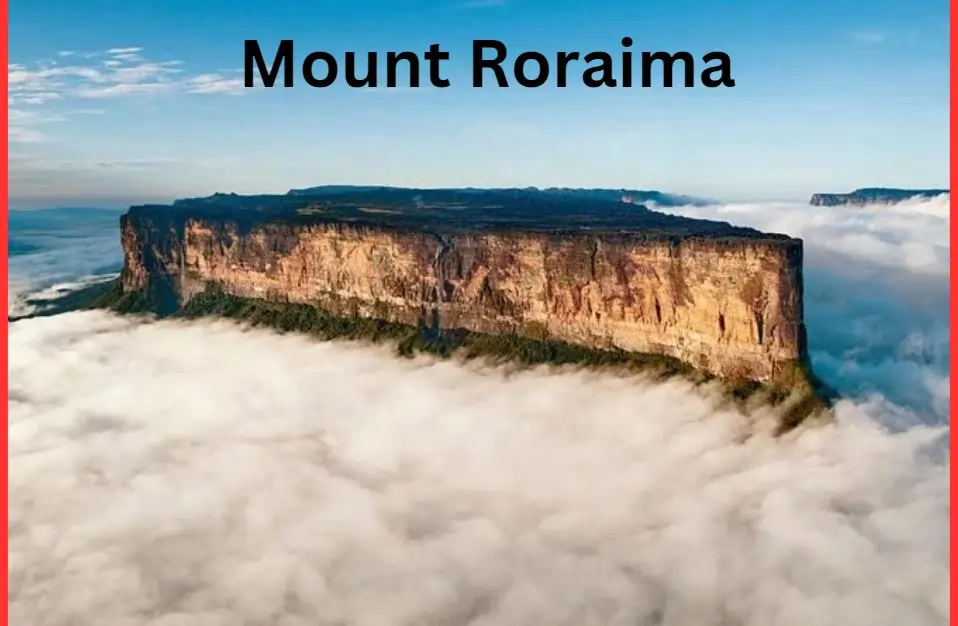
Visitors should be aware that Roraima is a remote and isolated location, and a challenging environment for camping and hiking. Trekkers should come prepared with the necessary equipment and supplies, and be mindful of the changing weather conditions. Additionally, it’s important to respect the fragile ecosystem of Roraima and take care to minimize one’s impact on the environment.
No 6. Never Ending Lightning Storm
A never-ending lightning storm is a hypothetical scenario and is not possible in the real world. However, some areas of the world, such as central Florida in the United States, are known for having frequent thunderstorms, which can make it seem like a storm is never-ending. Additionally, in some rare instances, a cluster of thunderstorms can persist in the same area for several days, leading to a prolonged period of thunder and lightning activity. But even in these cases, the storms will eventually come to an end.
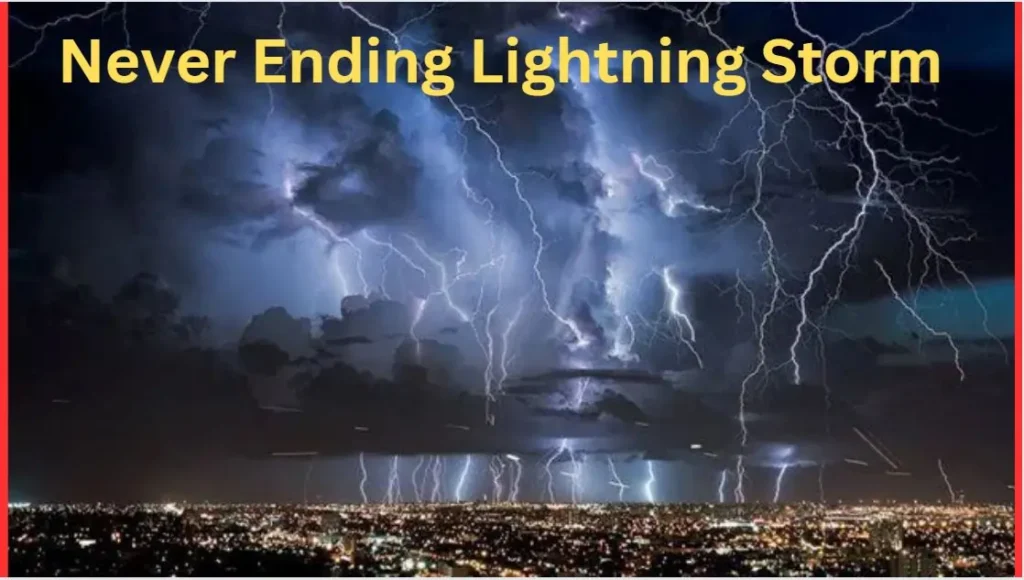
No 5. The Devil’s Kettle
The Devil’s Kettle is a waterfall located in Judge C.R. Magney State Park in Minnesota, USA. It is known for its mysterious behavior, as half of the Brule River seemingly disappears into a hole and doesn’t come out the other side, leading to speculation about underground tunnels and underground rivers.
Watch Now : World’s Largest Pizza | Never Seen Before Pizza Records
Despite extensive studies, the exact cause of the Devil’s Kettle phenomenon remains a mystery. Some theories suggest that the water flows into underground tunnels and emerges elsewhere, while others propose that it seeps into the ground and re-emerges as a spring. However, no concrete evidence has been found to support either of these theories, and the true fate of the water remains unknown.

Despite the lack of a scientific explanation, the Devil’s Kettle remains a popular tourist destination and a subject of fascination for visitors and locals alike.
No 4. The Boiling River
The Boiling River is a natural wonder located in the Amazon rainforest of Peru. It is known for its unique feature of having a section of the river that boils and emits steam, despite having a cool ambient temperature. This phenomenon is caused by a combination of high heat flow from underground thermal springs and the cool temperature of the river water. The boiling river is considered sacred by the indigenous people living in the area and is used for religious ceremonies and medicinal purposes.

Visitors to the boiling river typically take guided tours to reach the site, as it is located in a remote area of the Amazon and is not easily accessible. The boiling river is considered a remarkable example of geothermal activity and is an important natural attraction in Peru.
No 3. Superstition Mountains
The Superstition Mountains are a mountain range located in the Sonoran Desert of central Arizona, United States. The range is known for its rugged terrain, unique rock formations, and scenic views. It’s also a popular destination for hiking, rock climbing, and other outdoor activities.
The Superstition Mountains are also steeped in legend and mystery, with many tales and legends surrounding the area, including the famous Lost Dutchman’s Mine. According to legend, the mine contains a large vein of gold, but it has never been found, despite many attempts by treasure hunters over the years.
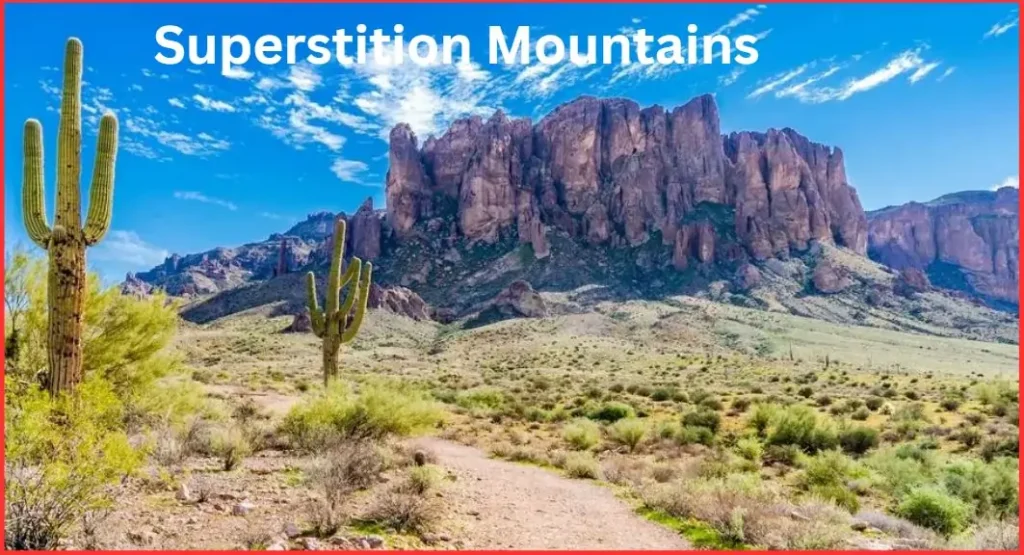
Despite the challenges posed by the rough terrain, the Superstition Mountains are a popular destination for adventure-seekers and nature lovers alike. With its beautiful vistas and rich cultural heritage, the Superstition Mountains are a truly unique and unforgettable destination.
No 2. Circles Of Namibia
The Circles of Namibia are a phenomenon of circular rock formations that can be found in the Namib Desert of Namibia, Africa. These circular formations, also known as fairy circles, have puzzled scientists and locals for decades, as their origin and purpose remain a mystery.
The circles, which range in size from a few meters to tens of meters in diameter, are characterized by a ring of taller grass surrounded by barren soil. While there have been many theories about the cause of the fairy circles, including termites, plants competing for resources, and even supernatural forces, the true cause remains unknown.
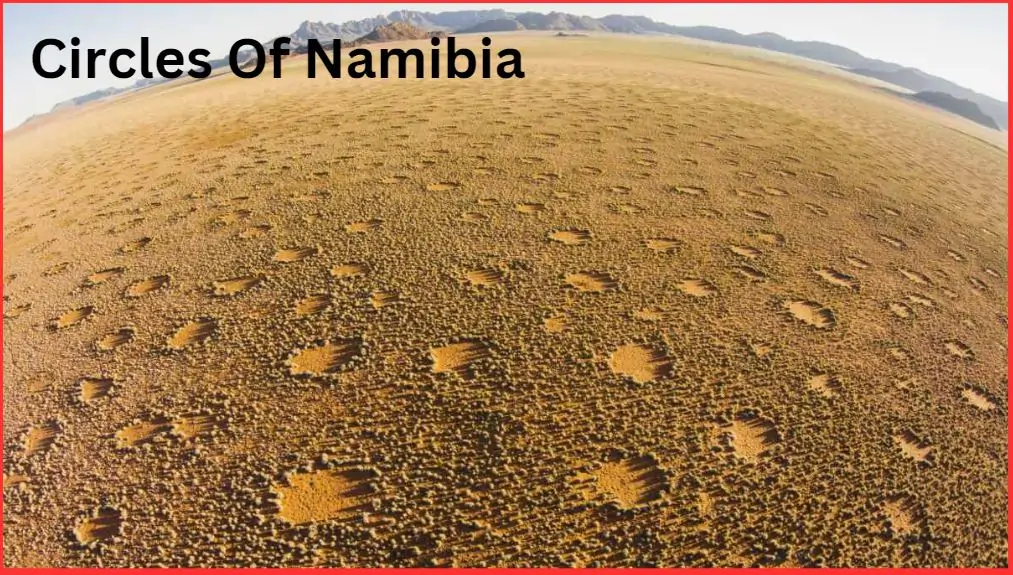
Despite the lack of a definitive explanation, the Circles of Namibia are a unique and captivating feature of the Namib Desert and are a popular destination for tourists and researchers alike. Whether you’re interested in exploring the mystery behind the fairy circles or simply taking in the beauty of the Namib Desert, the Circles of Namibia are definitely worth a visit.
No 1. Sea Split Into Two
In the year 2018, a strange incident happened after the flood in Malappuram of Kerala state of India. After wading into the flood waters, the people there saw a wonder in the sea. A narrow strip of sand more than half a kilometer long was formed in the sea. Which was like dividing the sea into two parts. It seemed as if the ocean had been divided into two parts. It has become an attractive center among the tourists. But this rate bar is also in danger of being washed away in the event of high tide.
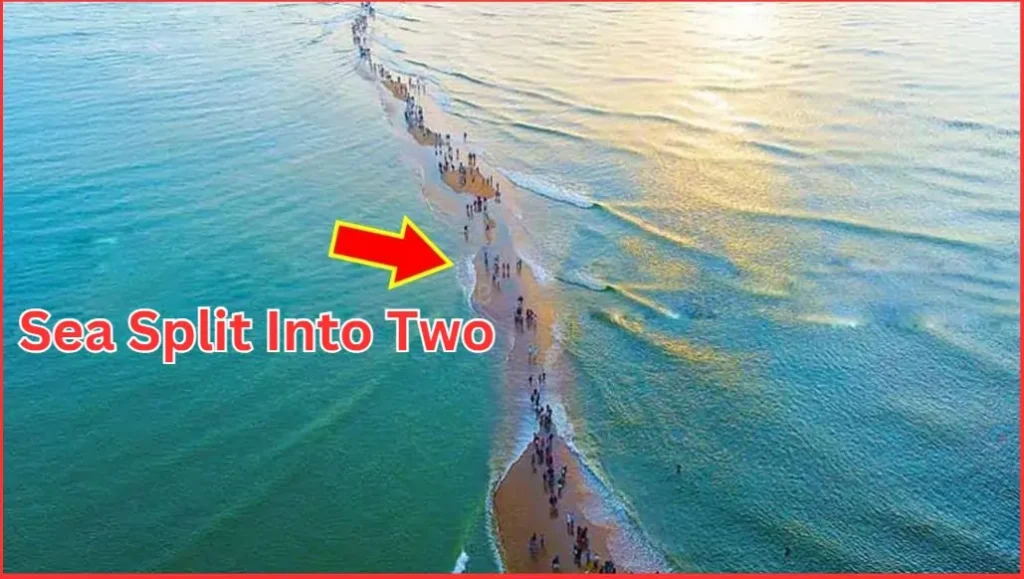

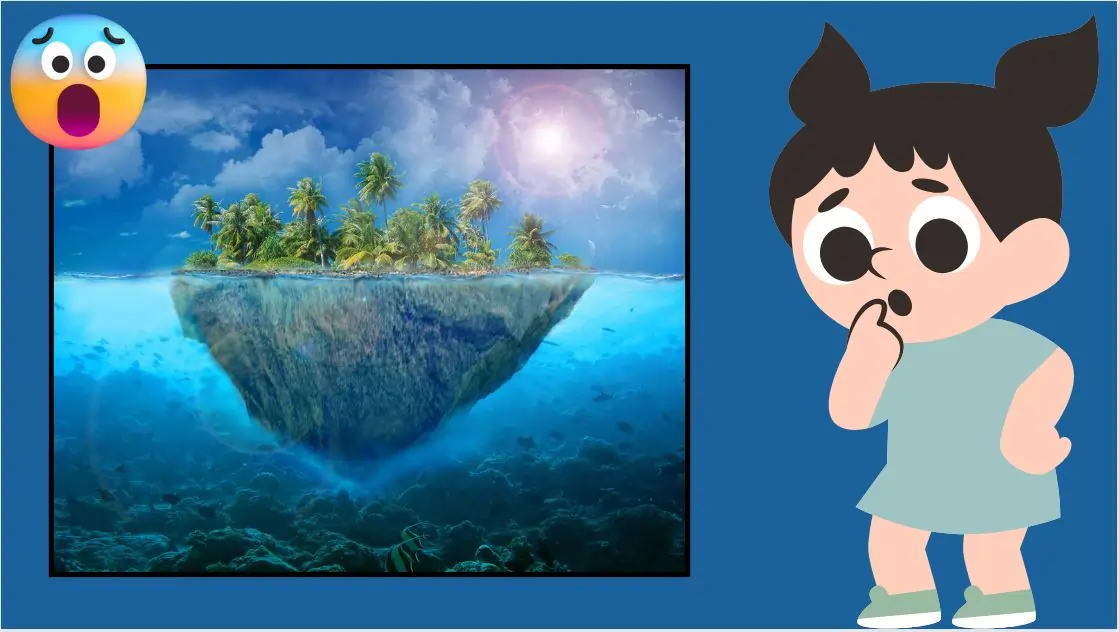
1 thought on “10 Real Places On Earth That Seem Scientifically Impossible”